While iconic locations like Cape May and the Rio Grande Valley draw thousands of birders annually, America harbors numerous lesser-known havens that offer exceptional birdwatching experiences without the crowds. These hidden gems provide opportunities to observe diverse species in serene settings, often with the added thrill of spotting rare birds few enthusiasts have checked off their life lists. From coastal marshes teeming with waterfowl to mountain forests echoing with songbird melodies, these underrated destinations deserve a prominent place in every birder’s travel plans. Let’s explore these overlooked sanctuaries where extraordinary avian encounters await the intrepid birdwatcher willing to venture beyond the beaten path.
Klamath Basin National Wildlife Refuge Complex, Oregon/California
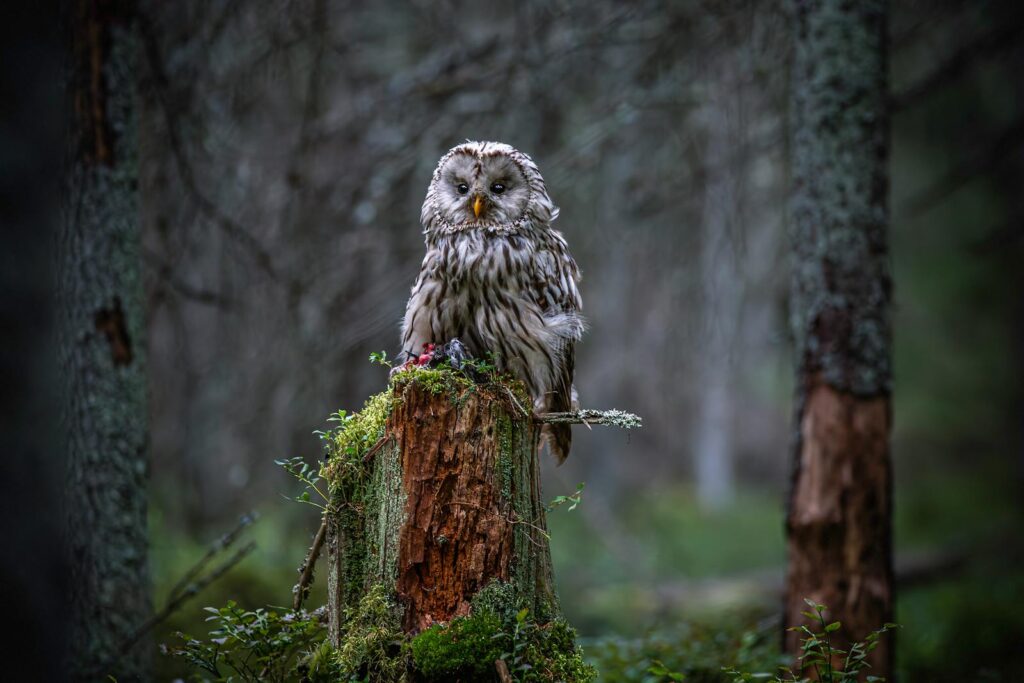
Straddling the Oregon-California border, the Klamath Basin remains surprisingly overlooked despite hosting the largest concentration of bald eagles in the lower 48 states during winter months. This network of six refuges provides critical habitat for nearly 500 species, including spectacular gatherings of waterfowl that can number in the millions during peak migration. Tundra swans, snow geese, and numerous duck species create breathtaking aerial displays as they move between feeding and roosting areas. The refuge’s diverse landscape of shallow marshes, open water, grassy uplands, and coniferous forests creates multiple ecosystems to explore, each harboring distinct bird communities that change dramatically with the seasons.
Seedskadee National Wildlife Refuge, Wyoming
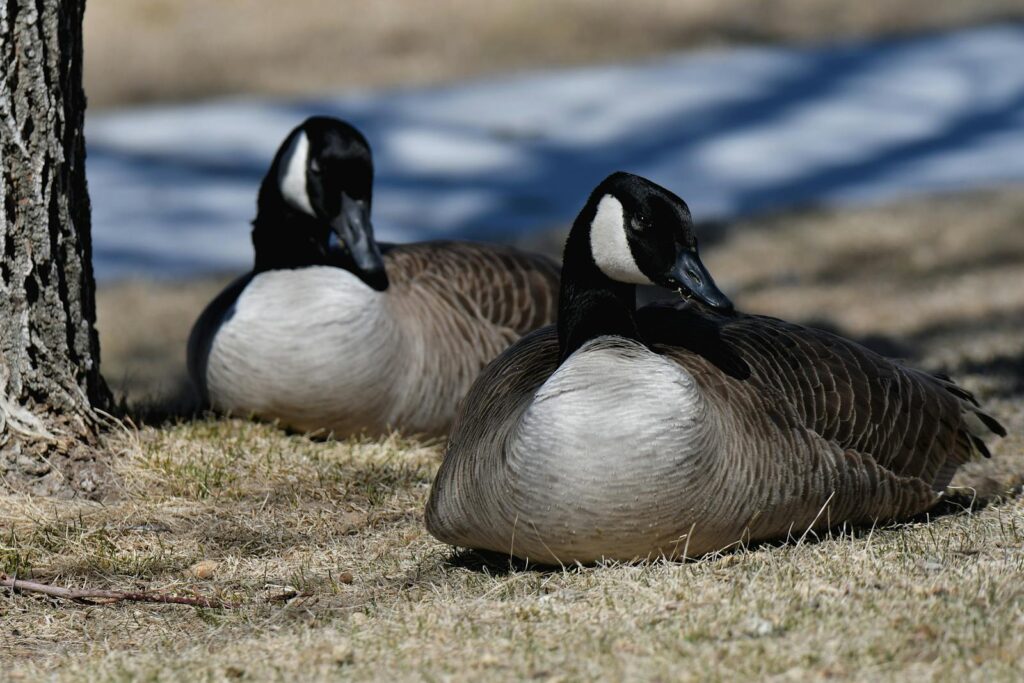
Hidden along the Green River in southwestern Wyoming, Seedskadee offers an oasis for birds amidst the high desert landscape that few birders ever visit. The refuge protects 27,000 acres of riparian habitat where over 220 bird species have been documented, including difficult-to-find specialties like the greater sage-grouse and trumpeter swan. Fall migration brings remarkable concentrations of waterfowl to the refuge, while spring reveals nesting bald eagles, ospreys, and numerous songbird species establishing territories among the cottonwoods and willows. The stark beauty of this landscape provides spectacular backdrops for photography, with the Wind River Mountains visible in the distance as raptors soar overhead, hunting across the sagebrush plains.
Dauphin Island, Alabama
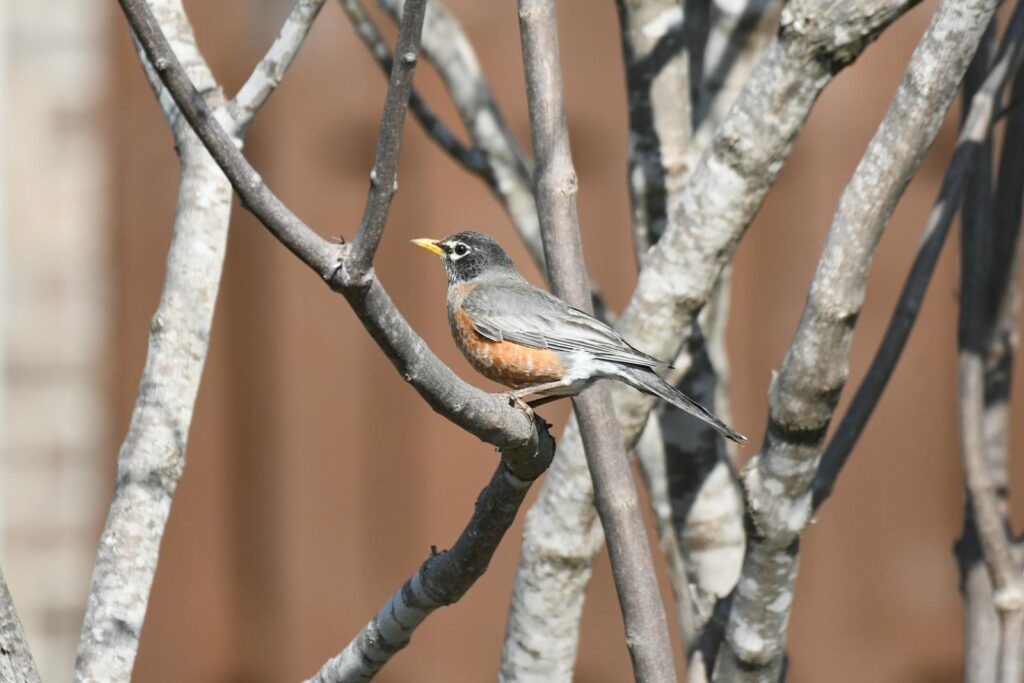
While Florida’s birding hotspots receive considerable attention, Alabama’s Dauphin Island offers arguably the best spring migration spectacle on the Gulf Coast without the crowds. This barrier island serves as the first landfall for countless neotropical migrants crossing the Gulf of Mexico, creating “fallout” events during spring storms that can carpet the island with colorful warblers, tanagers, grosbeaks, and buntings. The island’s Audubon Bird Sanctuary preserves 164 acres of maritime forest, dunes, swamp, and beaches, providing crucial rest stops for exhausted migrants. Shell Mound Park and Gorgas Swamp offer additional habitat diversity, while boat trips to adjacent islands can yield specialties like reddish egrets, magnificent frigatebirds, and various tern species nesting in protected colonies.
Whitefish Point Bird Observatory, Michigan
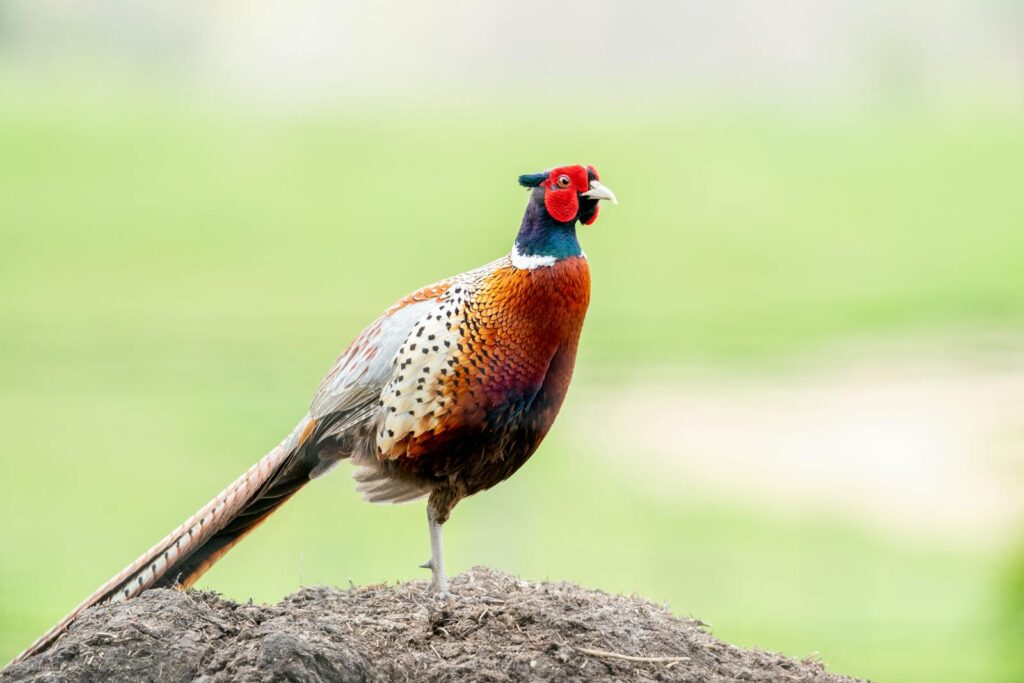
Jutting into Lake Superior at Michigan’s eastern Upper Peninsula, Whitefish Point concentrates migratory birds into spectacular numbers that few birdwatchers outside the Midwest ever witness. Spring brings waves of waterbirds, including long-tailed ducks, scoters, and uncommon species like jaegers and rare gulls navigating the Great Lakes. The point’s geographic position creates one of the continent’s most impressive raptor migrations, with thousands of hawks, falcons, and eagles funneling past during April and May. Fall migration here can be equally rewarding, especially for northern specialties like boreal chickadees, crossbills, and northern owls that occasionally irrupt southward. The observatory’s long-running research programs offer visitors opportunities to observe bird banding and participate in educational programs about migration ecology.
Bosque del Apache National Wildlife Refuge, New Mexico
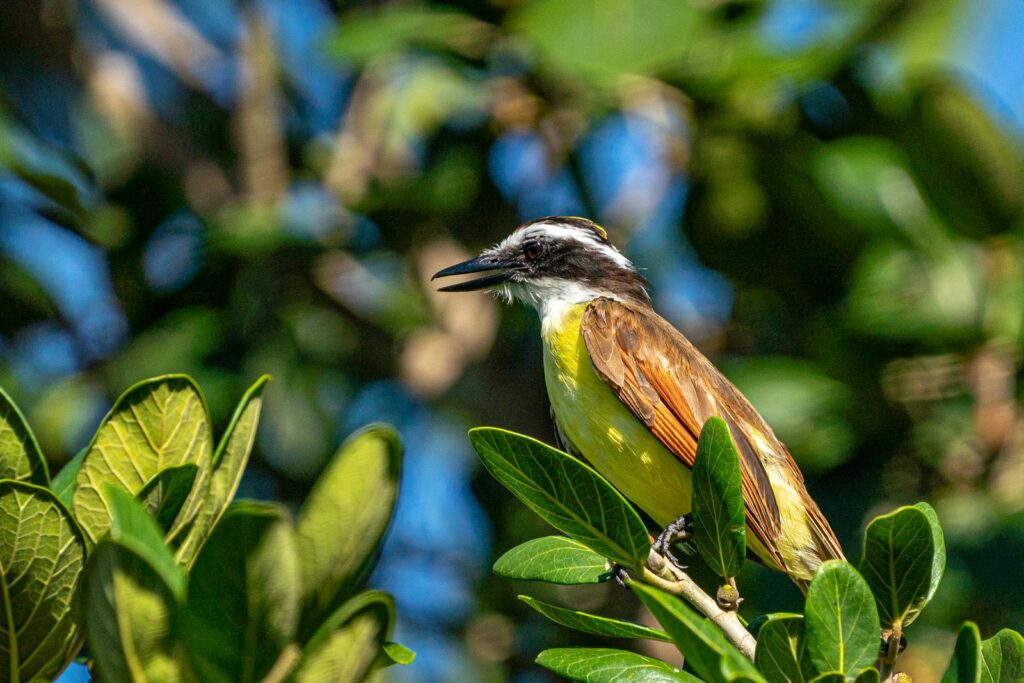
While Bosque del Apache enjoys recognition among photographers for its sandhill crane population, it remains surprisingly underutilized by birders seeking year-round diversity. Beyond the spectacular winter crane and snow goose gatherings, the refuge’s carefully managed wetlands and native riparian habitats support over 350 bird species throughout the year. Summer brings nesting southwestern specialties like vermilion flycatchers, painted buntings, and yellow-billed cuckoos to the cottonwood bosques along the Rio Grande. The refuge’s habitat restoration efforts have created one of the Southwest’s premier birding destinations with exceptional accessibility via well-maintained roads and trails. Dawn and dusk offer particular magic as thousands of waterfowl move between roosting and feeding areas in carefully choreographed flights against the backdrop of the Magdalena Mountains.
Chincoteague National Wildlife Refuge, Virginia
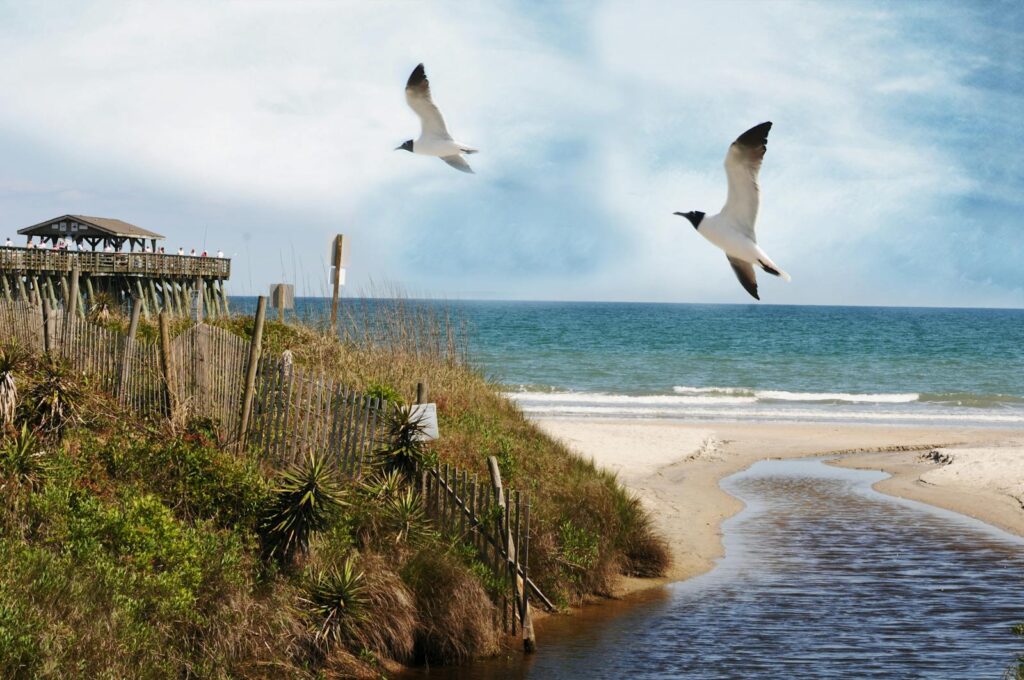
Though famous for its wild ponies, Chincoteague remains underappreciated for its extraordinary birdwatching opportunities throughout the year. This Atlantic coastal refuge protects over 14,000 acres of diverse habitats, including maritime forest, freshwater marshes, beaches, and sheltered bays that collectively support more than 320 bird species. Winter brings spectacular concentrations of snow geese, tundra swans, and nearly two dozen duck species to the managed impoundments. The refuge’s location along the Atlantic Flyway makes spring and fall migration particularly rewarding, with shorebirds stopping to refuel on their long-distance journeys between Arctic breeding grounds and South American wintering sites. Year-round residents include bald eagles, peregrine falcons, marsh-dwelling rails, and a remarkable diversity of herons and egrets feeding in the productive wetlands.
Savannah National Wildlife Refuge, Georgia/South Carolina
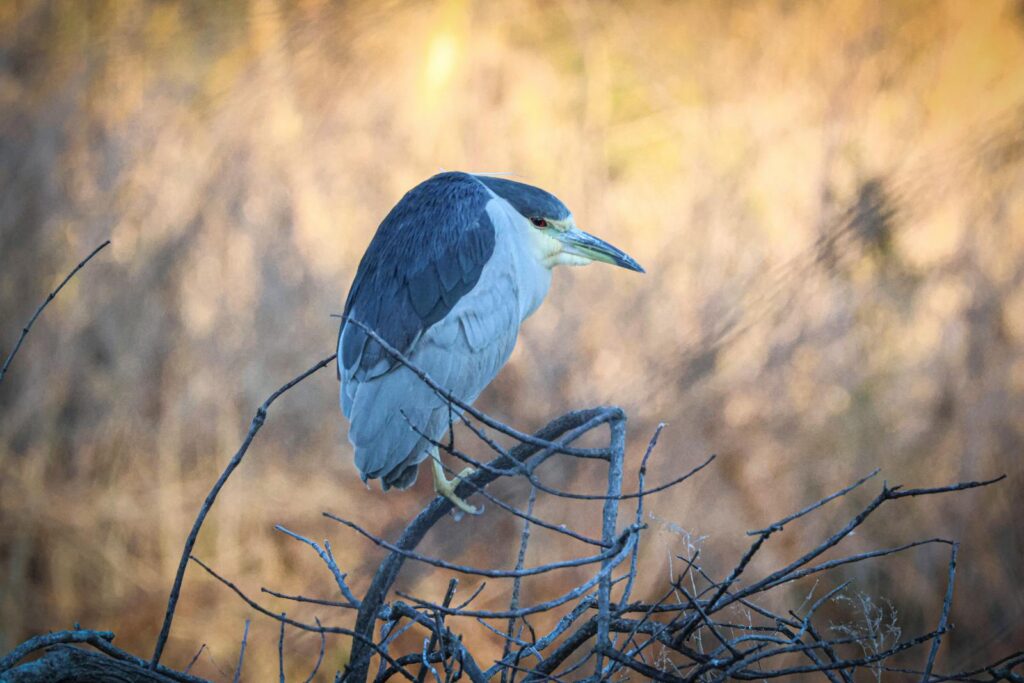
Straddling the South Carolina-Georgia border near the historic city of Savannah, this 31,000-acre refuge offers exceptional birding opportunities that remain unknown to many outside the immediate region. The carefully managed freshwater impoundments attract impressive concentrations of herons, egrets, and ibises, while providing critical habitat for the secretive king rail and least bittern. Wood storks—an endangered species—gather in substantial numbers during summer months to feed in the productive wetlands. The refuge’s diversity extends beyond waterbirds, with painted buntings, prothonotary warblers, and swallow-tailed kites breeding in the hardwood hammocks and pine forests during summer months. The four-mile wildlife drive offers unparalleled access to birds without leaving your vehicle, making this an ideal destination for mobility-limited birders.
Loess Bluffs National Wildlife Refuge, Missouri
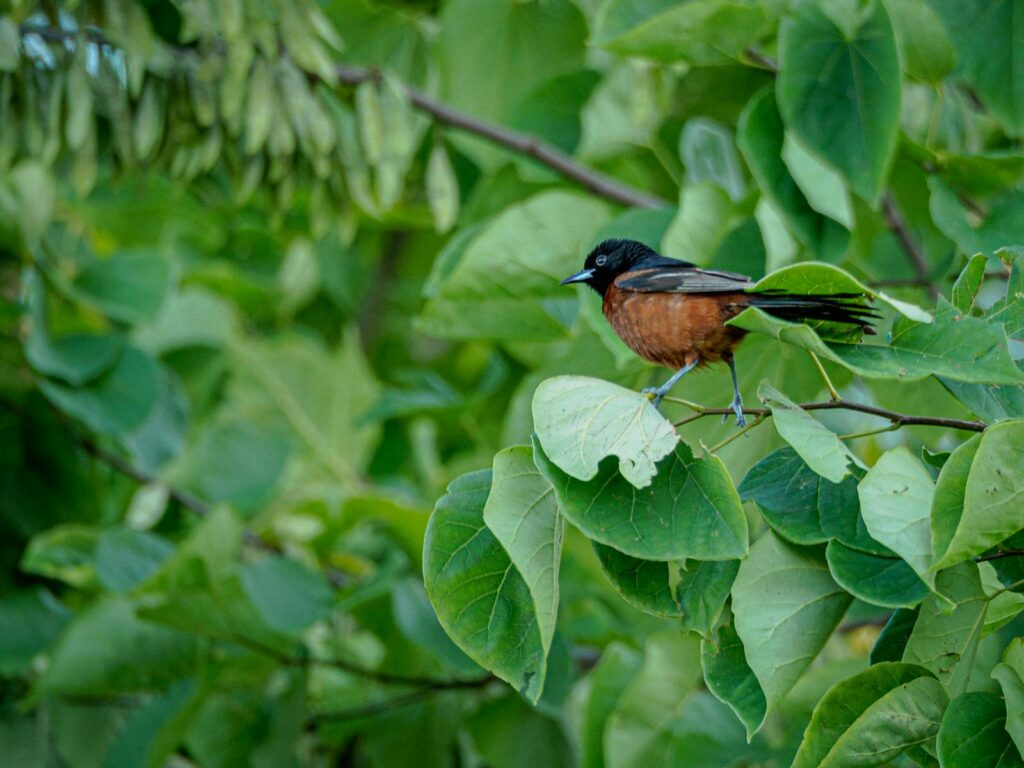
Formerly known as Squaw Creek, this refuge in northwest Missouri hosts one of the continent’s most impressive yet under-publicized snow goose migrations, with numbers often exceeding one million birds during peak periods in late February and early March. The spectacle of these massive flocks swirling against the backdrop of the loess hills creates unforgettable visual and auditory experiences as tens of thousands of birds take flight simultaneously. Beyond geese, the refuge’s wetlands attract up to 400,000 ducks during migration seasons, while the surrounding forests and prairies support bald eagles, grassland sparrows, and eastern woodland species. Spring migration brings secretive marsh birds like soras and Virginia rails, while summer residents include dickcissels, Bell’s vireos, and yellow-headed blackbirds nesting in the expansive wetland complexes.
Cibola National Wildlife Refuge, Arizona/California
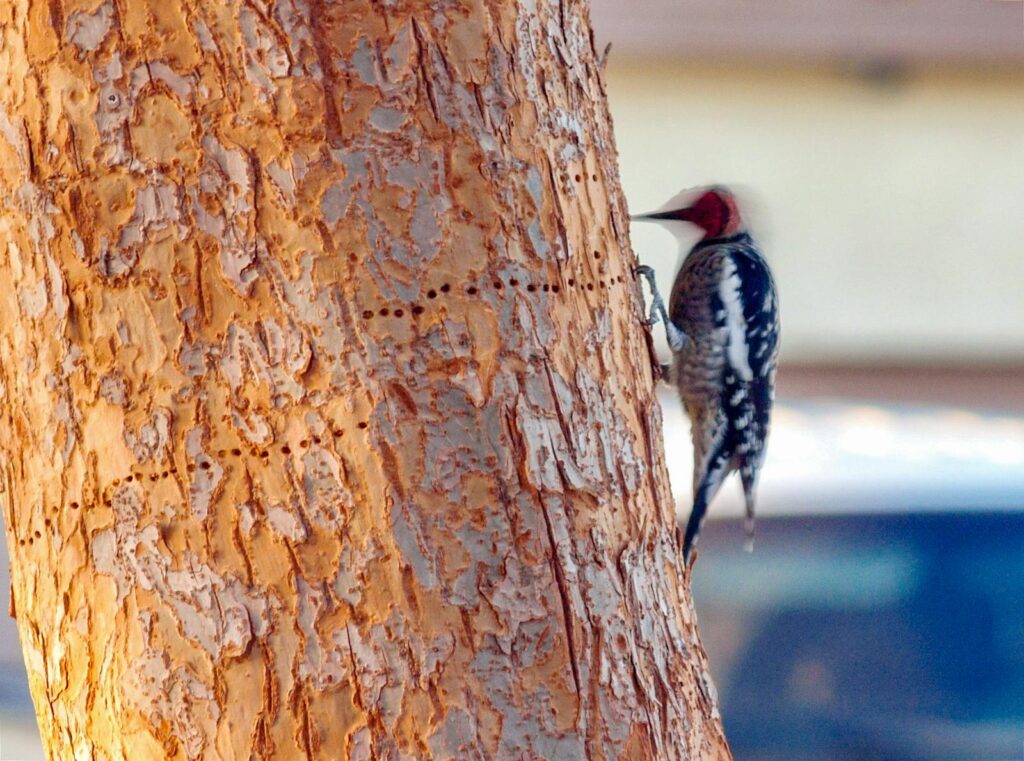
Located along the lower Colorado River where Arizona meets California, Cibola provides exceptional desert birding opportunities that remain virtually unknown to birders outside the Southwest. The refuge’s location along the Pacific Flyway brings remarkable concentrations of waterfowl to its managed wetlands during winter months, including thousands of snow geese, Canada geese, and sandhill cranes. Desert specialties like Gila woodpeckers, vermilion flycatchers, and phainopeplas inhabit the mesquite bosques and cottonwood groves year-round. Summer, though scorching hot, rewards intrepid birders with yellow-billed cuckoos, summer tanagers, and incredible concentrations of white-winged doves feeding on the blooming saguaro cactus fruit in adjacent uplands. The refuge’s combination of Sonoran Desert and riparian habitats creates a remarkable diversity of birdlife in a compact, accessible area.
Blackwater National Wildlife Refuge, Maryland
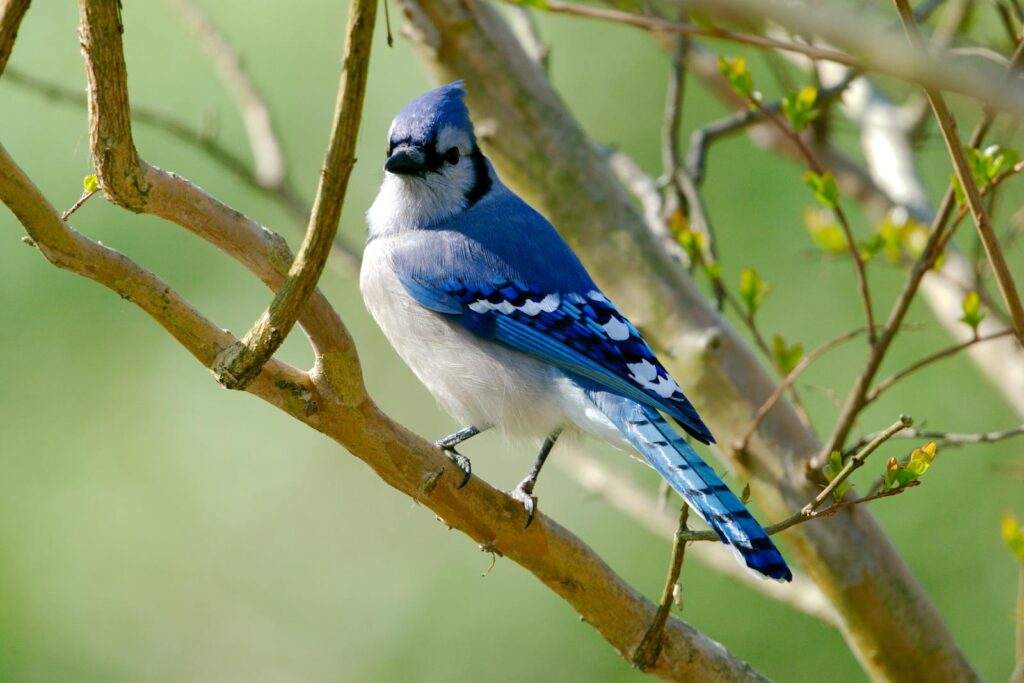
While Chesapeake Bay birding often focuses on more famous sites, Blackwater offers exceptional year-round birding with particular significance for raptor enthusiasts. The refuge hosts the largest breeding population of bald eagles on the East Coast north of Florida, with over 200 eagles gathering during winter months to feed in the productive marshlands. Expansive tidal wetlands and managed impoundments attract tremendous waterfowl concentrations, including tundra swans, snow geese, and over 20 duck species during migration and winter. Blackwater’s globally significant salt marshes provide critical habitat for declining species like seaside sparrows, salt marsh sparrows, and black rails – the latter representing one of the most challenging species for North American birders to observe. The refuge’s visitor center offers excellent interpretive displays about the Chesapeake ecosystem, while multiple driving routes and walking trails provide access to diverse habitats.
Aransas National Wildlife Refuge, Texas
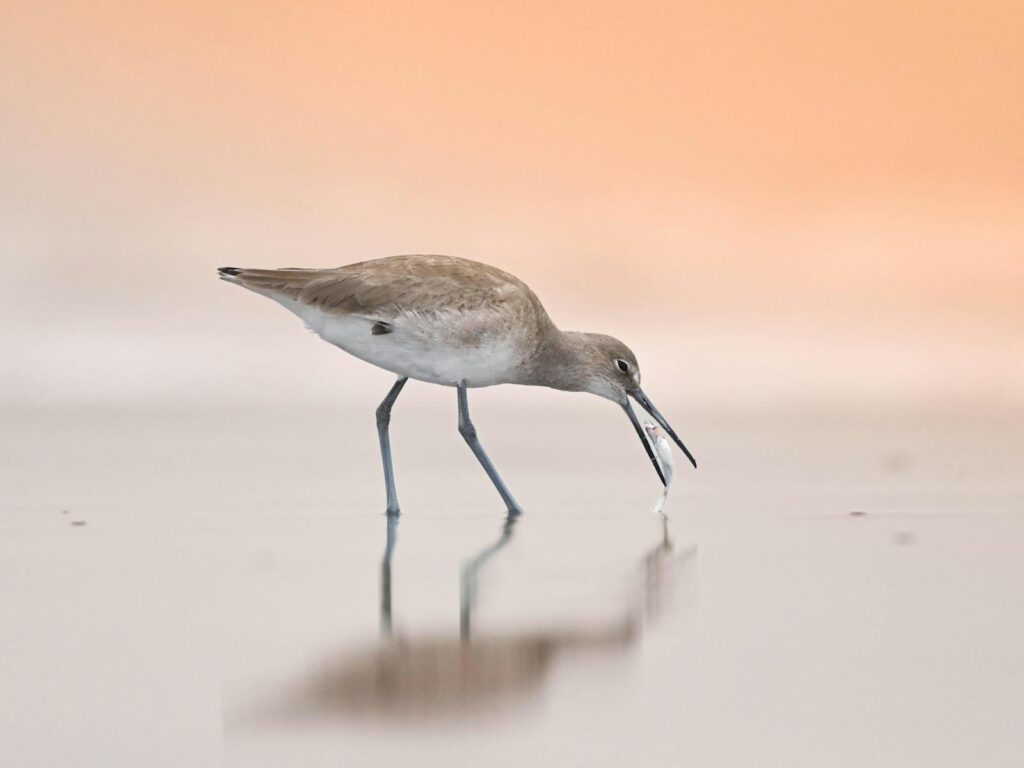
Though known for its whooping crane population, Aransas remains surprisingly underutilized by birders outside winter months when these endangered birds are present. The refuge protects over 115,000 acres of diverse coastal habitats including live oak mottes, freshwater wetlands, and expansive salt marshes that support more than 400 bird species throughout the year. Beyond the charismatic cranes, Aransas offers opportunities to observe specialties like the endangered Aplomado falcon, reddish egrets performing their distinctive feeding dances, and magnificent frigatebirds soaring over Mesquite Bay. Spring migration brings waves of colorful warblers, tanagers, and orioles to the oak mottes, while resident species like crested caracaras, white-tailed hawks, and plain chachalacas provide year-round interest for visiting birders. The refuge’s 40-foot observation tower offers panoramic views across the coastal ecosystem, allowing visitors to scan for distant birds across the expansive landscape.
Seney National Wildlife Refuge, Michigan
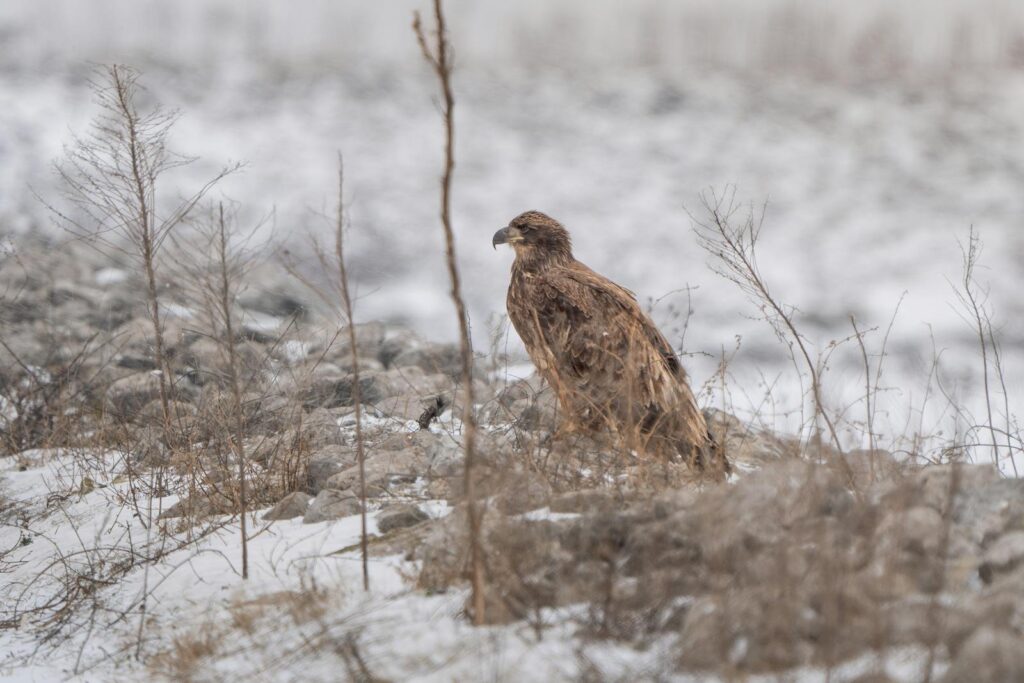
Tucked away in Michigan’s remote Upper Peninsula, Seney preserves over 95,000 acres of diverse wetland habitats that provide crucial breeding grounds for an impressive diversity of northern birds. The refuge’s carefully managed impoundments and natural wetlands support one of the highest concentrations of common loons in the lower 48 states, with their haunting calls echoing across the waters throughout the summer months. Trumpeter swans, once nearly extinct, now breed successfully throughout the refuge, while secretive species like American bitterns, yellow rails, and Le Conte’s sparrows inhabit the sedge meadows and marshes. The boreal influence brings breeding specialties like palm warblers, Lincoln’s sparrows, and blackburnian warblers to the coniferous forests, while osprey and bald eagles nest prominently on platforms visible from the refuge’s scenic driving tour. Fall migration brings impressive concentrations of waterfowl to the refuge’s open waters before they freeze for the winter.
Conclusion

America’s lesser-known birdwatching destinations offer extraordinary opportunities to connect with nature while escaping the crowds that gather at more publicized locations. These underrated sites not only provide exceptional bird diversity but also often deliver more intimate and authentic experiences where visitors can observe natural behaviors without disturbance. Whether you’re seeking the spectacle of massive bird migrations, hoping to add rare species to your life list, or simply looking to enjoy birds in beautiful landscapes, these destinations deserve consideration when planning your next birdwatching adventure. As more birders discover these hidden gems, their conservation importance will only grow, ensuring that future generations can continue to enjoy the remarkable avian diversity that makes America a world-class birdwatching destination.
